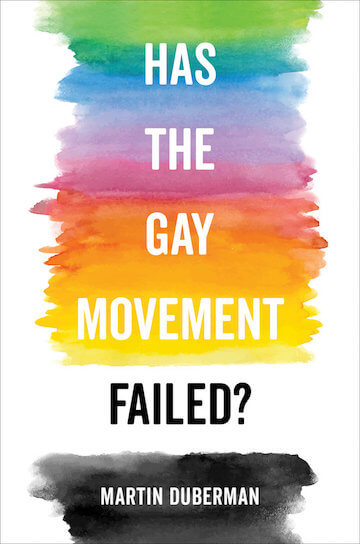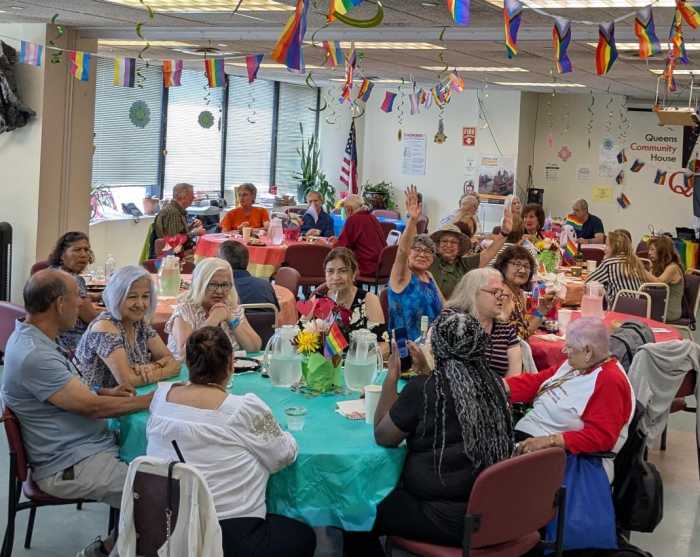BY PAUL SCHINDLER | This is the season for celebrating the holidays and also giving (hopefully at least some) thought to end-of-the-year charitable giving. So it’s appropriate for Gay City News to once again take a look — for the third year in a row — at the National LGBT Movement Report produced by the Movement Advancement Project (MAP), an independent think tank that provides research and analysis in the battle for LGBT equality.
The report — which measures the financial strength and donor reach of leading non-profits in the community and provides some analysis on staff diversity in those organizations — details the second straight year of positive indicators for a movement hit badly by the financial crisis of 2008 and 2009.
In data collected from 36 national and statewide organizations — which together account for 61 percent of the spending by all LGBT social justice organizations — the expense budgets available to these groups grew by 10 percent in 2012, to $165.6 million. That growth came on top of a 2011 increase of 17 percent.
Those figures compare very favorably with the previous years, Revenues for LGBT non-profits, as with all sorts of worthwhile organizations across the country, plunged from 2008 to 2009, and only managed to roughly stabilize in 2010. As a result, despite the fact that growth in LGBT giving outpaces that among non-profits generally, we are still not where we were when the financial crisis hit more than five years ago.
Some folks may be inclined to think the battle is won. New York has enjoyed marriage equality for more than two years, and now our unions are recognized by the federal government and in three times as many states as they were when Governor Andrew Cuomo signed our law in June 2011.
But certainly we can’t really be that complacent. Congress has still not enacted a basic jobs protection statute for LGBT Americans, and same-sex families face greater than average hurdles when economic times turn tough — or don’t improve fast enough. More than 30 states still bar same-sex couples from marrying — and look at the panicked response by Utah state officials to last week’s marriage equality ruling from a federal judge. Consider the climate of hate illustrated by the comments from “Duck Dynasty” star Phil Robertson — and the rabid rallying around him.
And give some thought to what is happening to LGBT people in Russia, Uganda, India, and the many other places that don’t receive the media attention they deserve.
It’s not time to pack up the tent; in fact, it’s long past due for all of us to recognize that we are part of a community whose permanent foundation deserves our support.
It’s easy to be cynical about Gay, Inc. — or any large organization in today’s complex and not always particularly transparent world — and nobody should give without convincing themselves that their money will be well spent. On average, according to MAP, LGBT organizations outperform non-profits generally in dedicating revenues raised to direct program and services costs — spending only 19 percent on other expenses. But you don’t have to be persuaded by the averages — plenty of details, both in terms of required financial disclosure and news reporting, are out there for you to make your own judgments.
The most important thing is that you find an organization doing the kind of work you feel needs getting done and carrying out that work up to your standards. Then, show your support.
MAP estimates that only about three percent of LGBT adults in America do that. Think about it. Three percent. And an average of 41 percent of any given group’s revenues comes from its top 10 donors.
When Gay City News first reported on MAP’s annual report two years ago, one critic complained we weren’t accounting for support given to groups that are not exclusively LGBT-focused but do important work for the community. Fair enough. Double the percentage of giving to generously sidestep that problem. Is participation by six percent adequate?
For those who decide to participate, there’s a lot of work to do. Many in the community believe we focus too much attention on marriage equality and not enough on other social justice questions. In that regard, it’s encouraging to learn from MAP that the National Black Justice Coalition saw a 42 percent increase in its revenue from 2011 to 2012. But it’s also sobering to realize that Queers for Economic Justice, a group that has fought hard for a dozen years to broaden the political agenda within the LGBT community, has just announced plans to close its doors. MAP doesn’t track the finances of groups that work on health issues like AIDS, but it would certainly never question the uncomfortable truth that HIV remains an enormous crisis in the gay community.
For many of us, our resources to help are limited, which is why it’s all the more important to do your homework and figure out where your dollars can contribute to making a difference. We won’t tell you how to spend your money, but we urge you to consider sharing some of it in the cause of building a more just tomorrow.




































